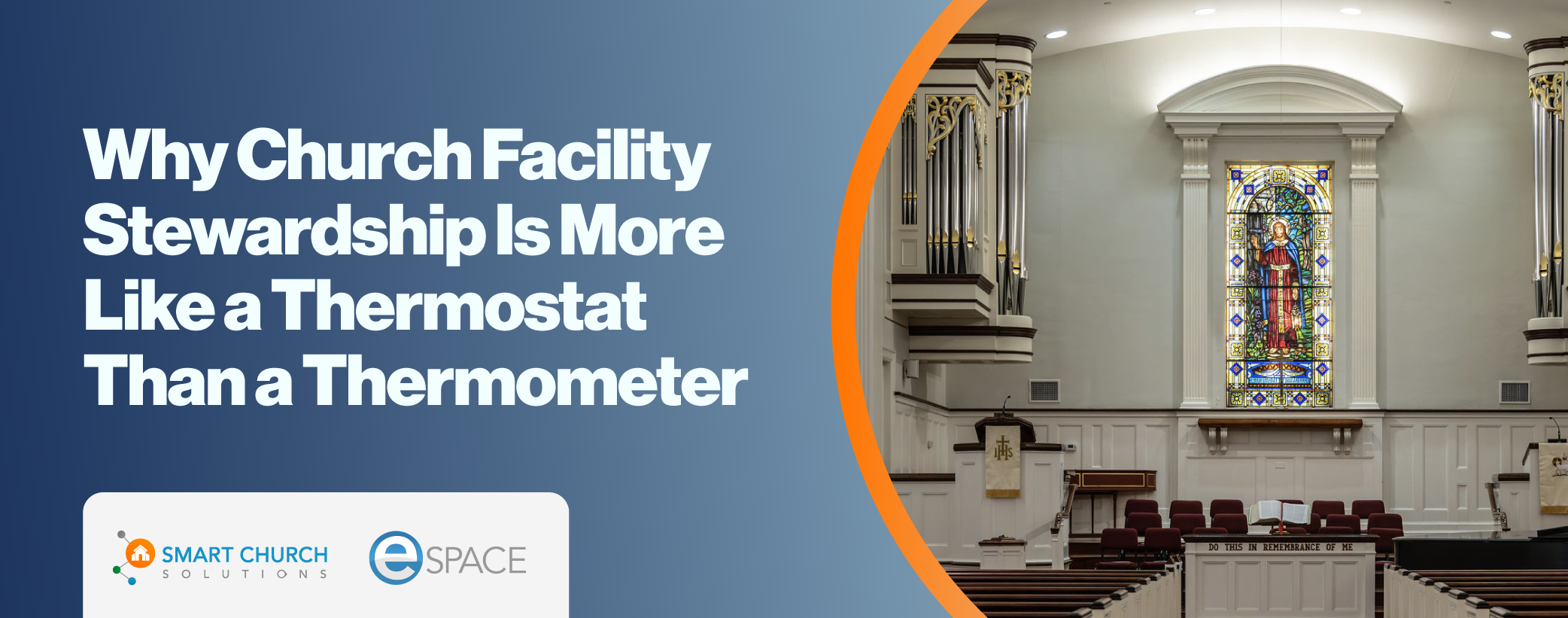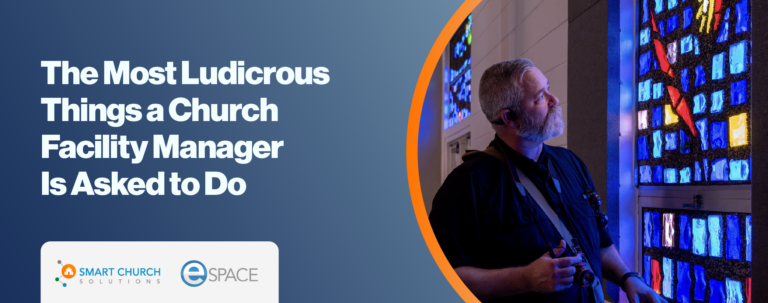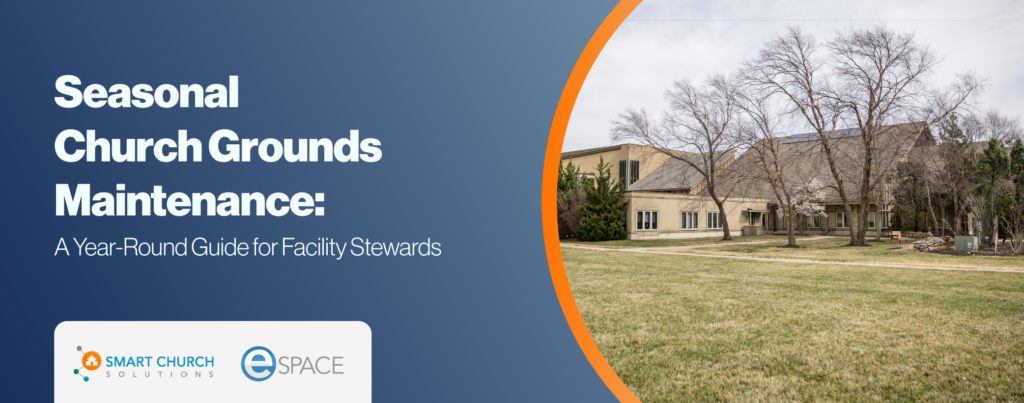When you think about facility stewardship, what comes to mind? Is it maintaining the building, paying the bills, or keeping everything running smoothly? While these tasks are essential, true stewardship goes beyond mere maintenance. It’s about leadership, foresight, and intentional care.
To illustrate this deeper approach, consider the difference between a thermostat and a thermometer. This simple analogy uncovers the essence of effective facility stewardship and how it can transform the way you manage what has been entrusted to you.
“Good stewardship isn’t just about minimizing costs—it’s about wisely managing the resources God has entrusted to us. Operating from a scarcity mindset, with ‘we don’t have the money for that’ driving decisions, limits our faith in God’s limitless provision. Proactive planning for the inevitable replacement of aging equipment is a key part of honoring Him through wise resource management.” — Patrick Hart, Facility Stewardship Specialist
Thermometer vs. Thermostat: Understanding the Difference
At a basic level, both a thermometer and a thermostat deal with temperature, but they serve very different purposes. A thermometer is a passive tool. It measures the temperature of the environment and provides a reading. If it’s hot, the thermometer reflects that heat. If it’s cold, it shows that as well. It’s purely reactive and doesn’t have the capability to change or influence the temperature in any way.
On the other hand, a thermostat is an active device. It measures and controls the temperature and can adjust the environment, making it warmer or cooler depending on the space’s needs. It’s proactive, setting the desired conditions and ensuring they are maintained.
Church Facility Stewardship as a Thermostat
When it comes to managing church facilities, the difference between being a thermometer and a thermostat is significant.
1. Reactive vs. Proactive Management
Thermometer Stewardship: In this model, the church facility manager reacts to issues as they arise. If something breaks, it gets fixed. If the utility bills are high, they are paid. However, there is little planning or foresight. The focus is on maintaining the status quo, and decisions are often made based on immediate needs rather than long-term goals.
Thermostat Stewardship: Like a thermostat, a proactive approach involves setting the tone and conditions for the future. Facility managers in this role don’t just respond to issues; they anticipate them. They develop maintenance schedules, energy-saving plans, and long-term budgets that ensure the facility is functional and thriving. They take control of the environment to create the best possible conditions for the church community.
Ready to shift from reactive to proactive facility management? Explore our Church Building Preventive Maintenance Checklist. It’s a practical tool to help you anticipate and address maintenance needs before they become issues. Download a free copy.
2. Short-Term Fixes vs. Long-Term Solutions
Thermometer Stewardship: The focus here is often on short-term fixes. If the roof leaks, it’s patched. If the HVAC system struggles, it’s repaired. While these solutions may work temporarily, they often lead to repeated issues and higher costs over time.
Thermostat Stewardship: This approach emphasizes long-term solutions. Rather than just patching the roof, a thermostat steward assesses the entire structure, perhaps opting for a more durable replacement that will last for decades. They don’t just fix the HVAC system; they may upgrade to a more efficient model, saving the church money and reducing its environmental impact over time.
3. Maintenance vs. Enhancement
Thermometer Stewardship: The goal is to maintain the facility as it is. The emphasis is on keeping things running, with little thought to improvement. This approach may keep the church doors open but often leads to stagnation.
Thermostat Stewardship: In contrast, thermostat stewardship is about enhancement. It’s not just about maintaining the facility but continually improving it. Whether it’s through energy-efficient upgrades, better space utilization, or more effective budgeting, this approach ensures that the church facility serves the community better and more efficiently over time.
Want to maximize your facility’s long-term value?
Use our Life Cycle Calculator to forecast major repair and replacement costs before they hit your budget. It’s a smart way to plan ahead, steward resources wisely, and avoid costly surprises down the road.
4. Cost Management vs. Value Creation
Thermometer Stewardship: Cost management is a key focus but often leads to a “penny-wise, pound-foolish” mentality. Immediate costs are controlled, but long-term value is usually sacrificed.
Thermostat Stewardship focuses on creating value, not just cutting costs. A thermostat steward recognizes that investing in the facility’s future—whether through renovations, technology upgrades, or strategic maintenance—can yield significant returns regarding community engagement, energy savings, and overall facility longevity.
Conclusion: The Thermostat Mentality
Effective church facility stewardship goes beyond reacting to the present; it’s about proactively shaping the future. Like a thermostat, it requires vision, strategic planning, and intentional management. By setting the right conditions and diligently maintaining them, a thermostat steward ensures the church facility meets today’s needs and is prepared for tomorrow’s challenges and opportunities.
So, ask yourself: Are you simply measuring the temperature, or are you setting it? This choice will define how effectively your facility operates and how well it serves your congregation and community for years to come.








